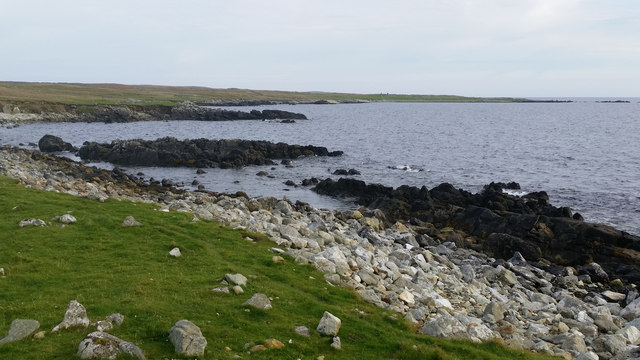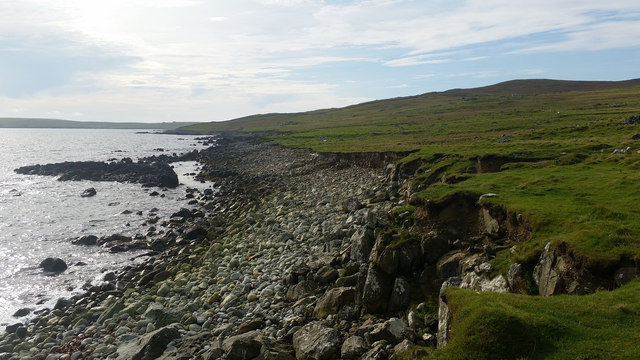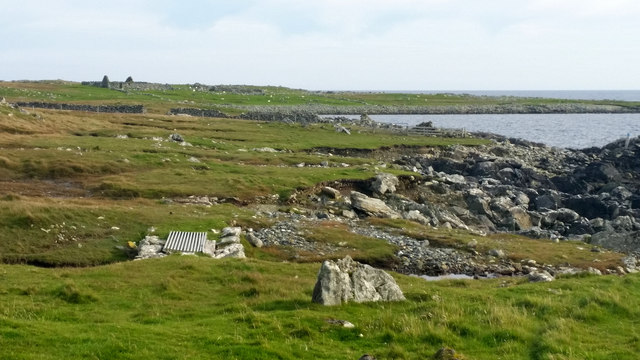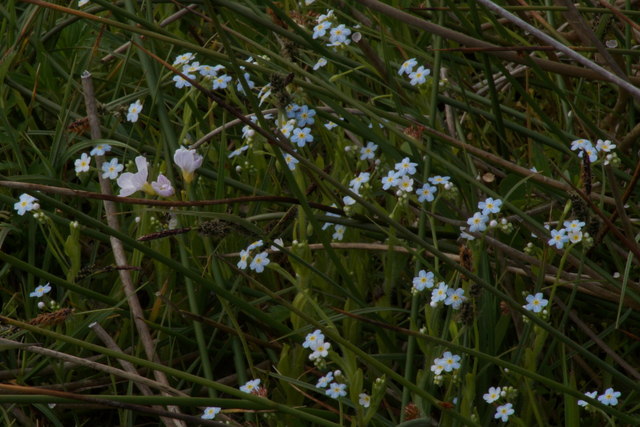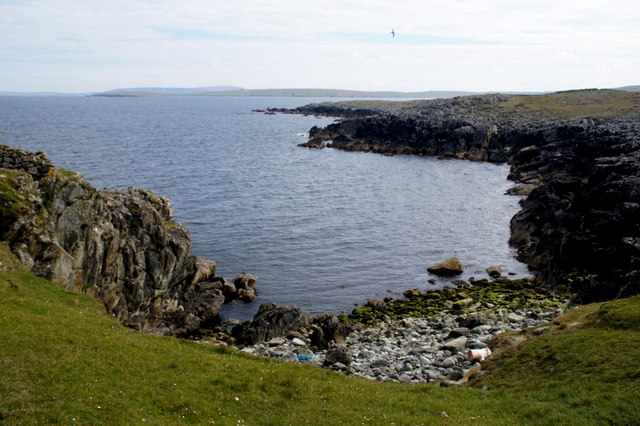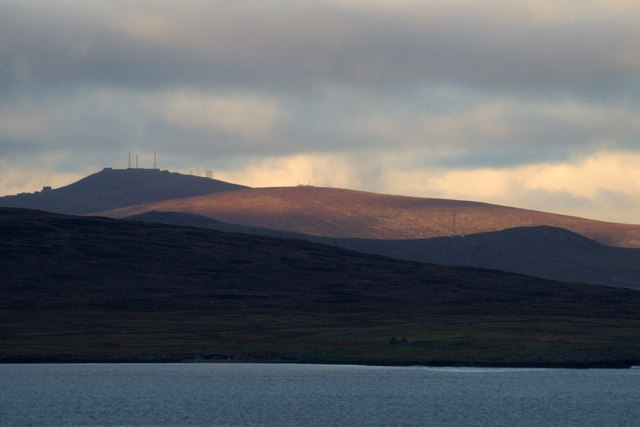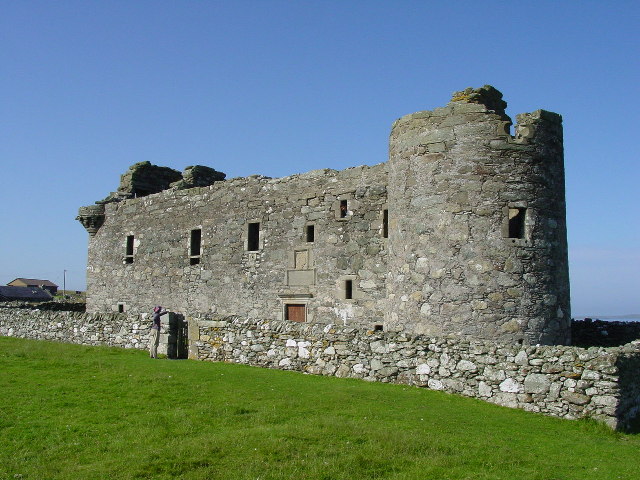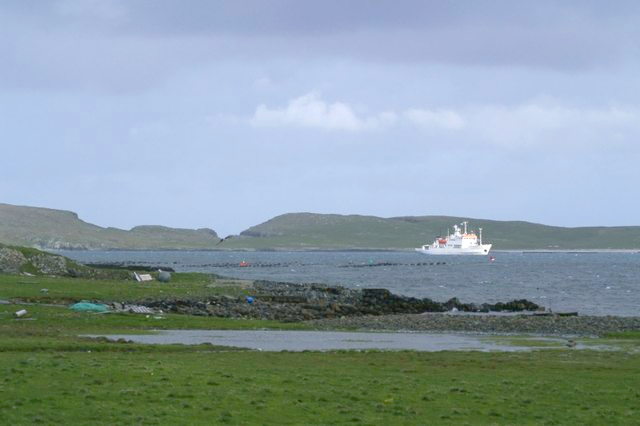Clump of Taing
Island in Shetland
Scotland
Clump of Taing

Clump of Taing is a small uninhabited island located in the Shetland archipelago, which is part of Scotland. It is situated off the east coast of the main island of Shetland, near the village of Vidlin. The island is approximately 1.5 miles long and 0.5 miles wide, with a total area of about 0.4 square miles.
Clump of Taing is known for its rugged and rocky landscape, characterized by steep cliffs that rise up to 200 feet in some places. The island is mostly covered in grass and heather, with a few scattered shrubs and bushes. It provides a nesting site for various seabird species, including puffins, guillemots, and razorbills.
Access to Clump of Taing is limited due to its remote location and lack of facilities. Visitors can reach the island by boat or kayak, but there are no jetties or landing points available. The island is often visited by birdwatchers and nature enthusiasts who are attracted to its untouched natural beauty and diverse birdlife.
Although Clump of Taing has no permanent human population, it has historical significance. There are remains of an Iron Age broch, a circular stone tower, on the island. This indicates that it was inhabited in ancient times, possibly as a defensive settlement.
Overall, Clump of Taing offers a unique opportunity to experience the raw beauty of the Shetland landscape and observe a wide range of seabirds in their natural habitat. Its remote location and historical significance make it an interesting destination for those seeking a peaceful and adventurous escape.
If you have any feedback on the listing, please let us know in the comments section below.
Clump of Taing Images
Images are sourced within 2km of 60.721153/-0.84139117 or Grid Reference HP6304. Thanks to Geograph Open Source API. All images are credited.
Clump of Taing is located at Grid Ref: HP6304 (Lat: 60.721153, Lng: -0.84139117)
Unitary Authority: Shetland Islands
Police Authority: Highlands and Islands
What 3 Words
///plotter.waddle.jazzy. Near Baltasound, Shetland Islands
Nearby Locations
Related Wikis
Huney
Huney is an uninhabited island due east of the island of Unst in the Shetland Islands, Scotland. The island is located approximately 1 kilometre south...
Unst Airport
Unst Airport also called Baltasound Airport is an unlicensed airfield near Baltasound, on the island of Unst, Shetland Islands, Scotland. The airfield...
Muness Castle
Muness Castle is located on Unst, which is one of the Shetland Islands of Scotland. The castle is 3 kilometres (1.9 mi) east of the village of Uyeasound...
Balta Sound
Balta Sound is a sound (inlet) on the east coast of the island of Unst in the Shetland Islands, Scotland. The sound is sheltered from the North Sea to...
Have you been to Clump of Taing?
Leave your review of Clump of Taing below (or comments, questions and feedback).
